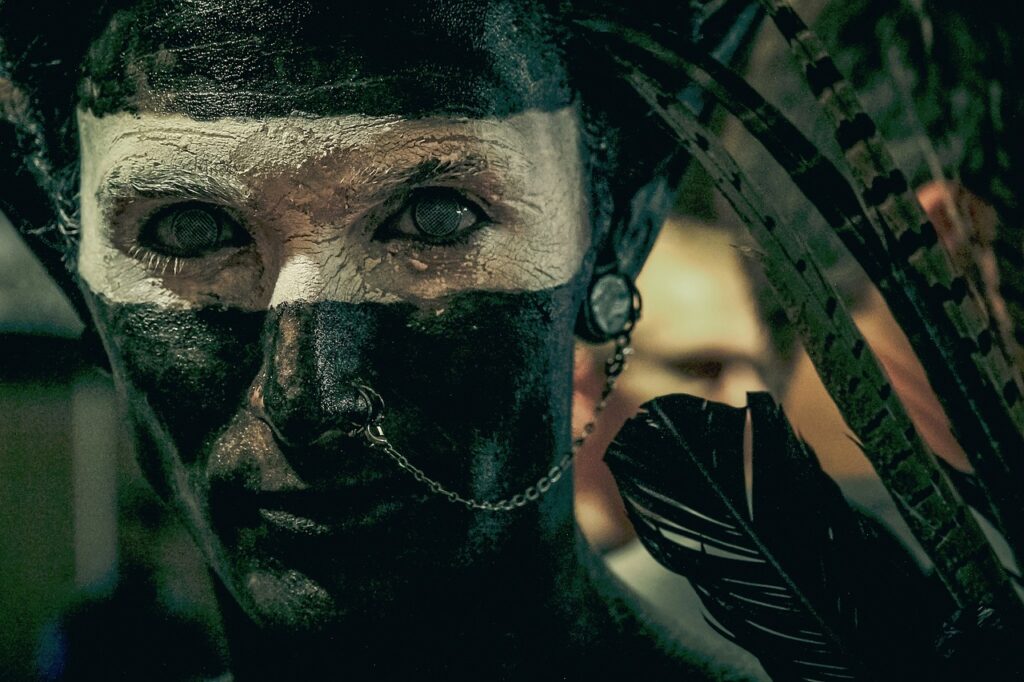
Understanding Earlobe Piercing Basics
Earlobe piercing is a practice that involves creating a hole in the earlobe to accommodate jewelry such as earrings. This form of body modification dates back thousands of years, with evidence of earlobe piercings found in various ancient cultures. From the ornate earrings of ancient Egyptians to the simple hoops worn by indigenous tribes, the act of piercing earlobes has held different meanings throughout history. For many, it symbolizes beauty, status, or personal expression.
People choose to get their earlobes pierced for a variety of reasons. Some do so to adorn themselves with jewelry, starting a lifelong journey of earring collection. Others view it as a rite of passage, particularly for young individuals entering adolescence. The decision to pierce earlobes often reflects cultural practices and family traditions that are passed down through generations. In certain communities, there are specific ceremonies associated with the piercing process, adding significant meaning to what may seem like a simple cosmetic choice.
The process of getting earlobes pierced has evolved considerably over time, transitioning from rudimentary techniques to more advanced, hygienic methods. Today, professional piercers typically use a sterile needle and a clean environment to minimize risks associated with infections. When performed correctly, earlobe piercing is relatively quick and safe, with most individuals experiencing only minor discomfort during the procedure. Aftercare is essential, including keeping the area clean and free from irritants, which ensures that the healing process is smooth and successful. Understanding the intricacies of earlobe piercing is vital not only for those considering this form of body art but also when discussing the best age to embark on such a journey.
Pros and Cons of Piercing at Different Ages
Piercing earlobes is a decision that varies across different life stages, each with its unique advantages and disadvantages. Understanding these nuances can help individuals make informed choices about when to get their earlobes pierced. For children, one of the primary pros is that they often have a lower fear of pain and may be less conscious of societal judgments. Additionally, parents can oversee the aftercare, ensuring proper hygiene is maintained which significantly decreases the risk of infection. However, children may not be emotionally ready to care for their new jewelry, and their desire for a piercing might wane quickly, leading to potential regret.
In the teenage years, earlobe piercings can serve as a form of self-expression and individuality. Teens tend to embrace trends and often feel pressured by peers to adorn themselves with jewelry, making this age an opportune time for personal style exploration. While the enthusiasm for earrings can foster self-confidence, peer pressure may lead some teens to make impulsive decisions about their bodies. Moreover, teenagers may not always prioritize proper care, potentially increasing the likelihood of complications such as infections or allergic reactions to poorly made jewelry.
Adulthood brings a level of maturity that factors into the decision to pierce earlobes. Adults are generally more capable of understanding and adhering to aftercare protocols, which reduces the risk of health issues. They can make informed choices regarding the best type of earrings in terms of materials and styles. On the downside, adults may face more significant lifestyle considerations, such as workplace policies regarding visible body modifications. Additionally, the psychological impacts of body image can play a more substantial role in how adults perceive their decision to wear earrings. Ultimately, each age group presents distinct pros and cons, underpinning the importance of thoughtful reflection before proceeding with any piercing.
Health and Safety Considerations
When contemplating earlobe piercings, it is essential to consider health and safety measures that vary depending on age. Selecting a qualified professional piercer is paramount, regardless of whether the subject is a child, teenager, or adult. Licensed piercers often have the expertise to perform the procedure safely and hygienically, reducing the risk of infection or complications. A valid certification ensures that the piercer adheres to safety protocols and understands how to handle the procedure appropriately for different age groups.
Understanding the health implications associated with earlobe piercings is vital, particularly for younger individuals. For children, their immune systems are still developing, which may heighten their susceptibility to infections. Parents should thoroughly research local piercing parlors and consult health professionals to determine if their child is ready for this type of jewelry modification. It is generally advised to wait until a child is at least five years old, as this age often allows them to care for their piercings properly, ensuring a lower risk for complications.
For teenagers, who may want to express their individuality with earrings, peer influence can play a role in the decision-making process for piercings. However, it is crucial to emphasize the importance of aftercare practices, such as keeping earrings clean and avoiding irritation from sports or physical activities. Adults can be more responsible in managing their piercings but still face risks like allergic reactions to certain jewelry materials.
Age-specific health considerations, particularly for children and teens, emphasize the relevance of aftercare instructions. Recommendations for cleaning and maintenance may differ across age brackets to support healing effectively. Professionals will typically provide guidelines tailored to the individual’s age, ensuring proper care minimizes risks associated with earlobe piercings while allowing individuals to enjoy their chosen jewelry safely.
Personal Stories and Expert Opinions
Personal experiences regarding earlobe piercings vary significantly, reflecting a diverse array of perspectives based on age and circumstances. For instance, Lily, a 25-year-old woman, shared her experience of getting her earlobes pierced at age five. Her parents decided to have her ears pierced during a family trip, believing it would tap into cultural traditions. According to her, the process was relatively pain-free and the healing time was short. She recalls fond memories associated with the earrings, often choosing colorful, playful designs that complemented her childhood outfits.
Conversely, Michael, a 17-year-old, reflects on getting his earlobes pierced during his teenage years. He mentioned that at this age, he felt more in control of his body and his choices. He opted for subtle earrings that aligned with his evolving personal style. Michael communicated that he did extensive research beforehand, discussing it with friends and family to ensure he was making an informed decision. The act of piercing his earlobes also marked a personal rite of passage, one that he feels greatly enhanced his self-expression.
From a professional viewpoint, dermatologists emphasize the importance of age-related maturity when considering earlobe piercings. Dr. Smith, a certified dermatologist, notes that for children, parental consent and guidance are crucial, as well as informing them about proper aftercare. In her practice, she has seen that many children adapt well to aftercare routines if involved in the decision-making process. On the other hand, professional piercers often advocate for teens and adults to choose their moment carefully, highlighting that the best age largely depends on the individual’s readiness, lifestyle, and desire to commit to maintaining their jewelry and earlobes.
Ultimately, these personal stories and expert opinions illustrate that the journey of piercing earlobes reflects a unique blend of individual choice and cultural context, impacting when individuals feel it is the right time for this form of body adornment.





